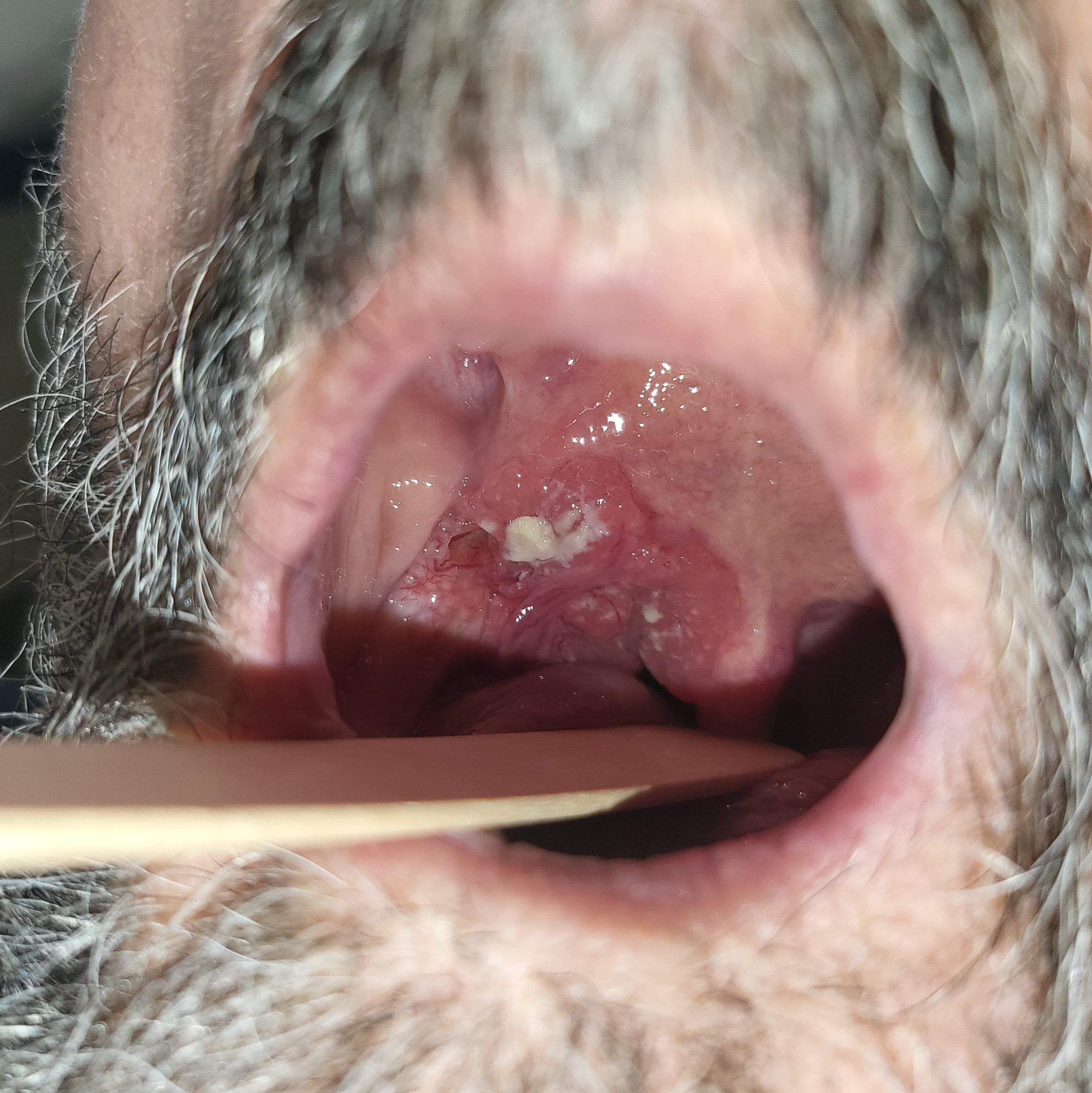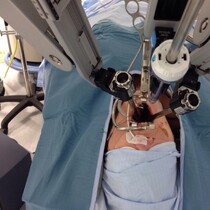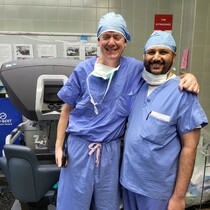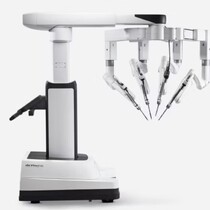Head & Neck
Throat (Oropharyngeal) Conditions & Tumours
The throat, also known as the pharynx, is a vital part of the upper respiratory and digestive systems. It extends from the base of the skull to the oesophagus and is essential for both breathing and swallowing. It also comprises the larynx (voice box), the upper part of the oesophagus (food pipe), and the trachea (windpipe). It is lined with squamous cells, and the thyroid gland is located on either side of the trachea.
Malignancies can originate in various parts of the throat, including the pharynx and larynx, and has the potential to spread to adjacent structures. The most common is tonsil cancer. It can also occur in other areas such as the gums, floor of the mouth, and other parts of the oropharynx.
Human papillomavirus (HPV) infection is the primary cause of oropharyngeal cancer (OPC). Other factors like tobacco and alcohol consumption may also contribute to the development of throat cancer by disrupting normal cellular processes and increasing the likelihood of cancerous cell growth.
Symptoms of oropharyngeal cancer can mimic those of less severe medical conditions. Common signs include:
Neck lump or lump in the back of the throat or mouth
Unexplained weight loss
Persistent ear pain or voice changes
Sore throat (pharyngitis)
Dysphagia (pain or difficulty swallowing)
Coughing up blood
White patch on the tongue or lining of the mouth, that does not go away
Difficulty fully opening the mouth (trismus) or moving the tongue

Investigation & Diagnosis
A physical examination along with a thorough medical history will be required for evaluation. Imaging such as CT or MRI scan may be requested. Techniques like flexible endoscopy may also be performed as an integral part of the diagnosis.
Treatment for throat cancer depends on the specific location of the cancer, the size of the cancer (stage), its spread (stage), and individual patient factors. Options for oropharyngeal cancer may include surgery, radiation therapy, chemotherapy, targeted drug therapy, or immunotherapy. Surgery may be used to treat small cancers that have not spread extensively and the goal is to remove cancerous cells while preserving the patient's ability to speak and swallow as normally as possible. Trans-Oral Robotic-assisted Surgery (TORS) is often utilised for cancers of the tonsil or base of tongue. TORS is a minimally invasive approach where tumours in the oropharynx are removed through the mouth using robotic technology.




